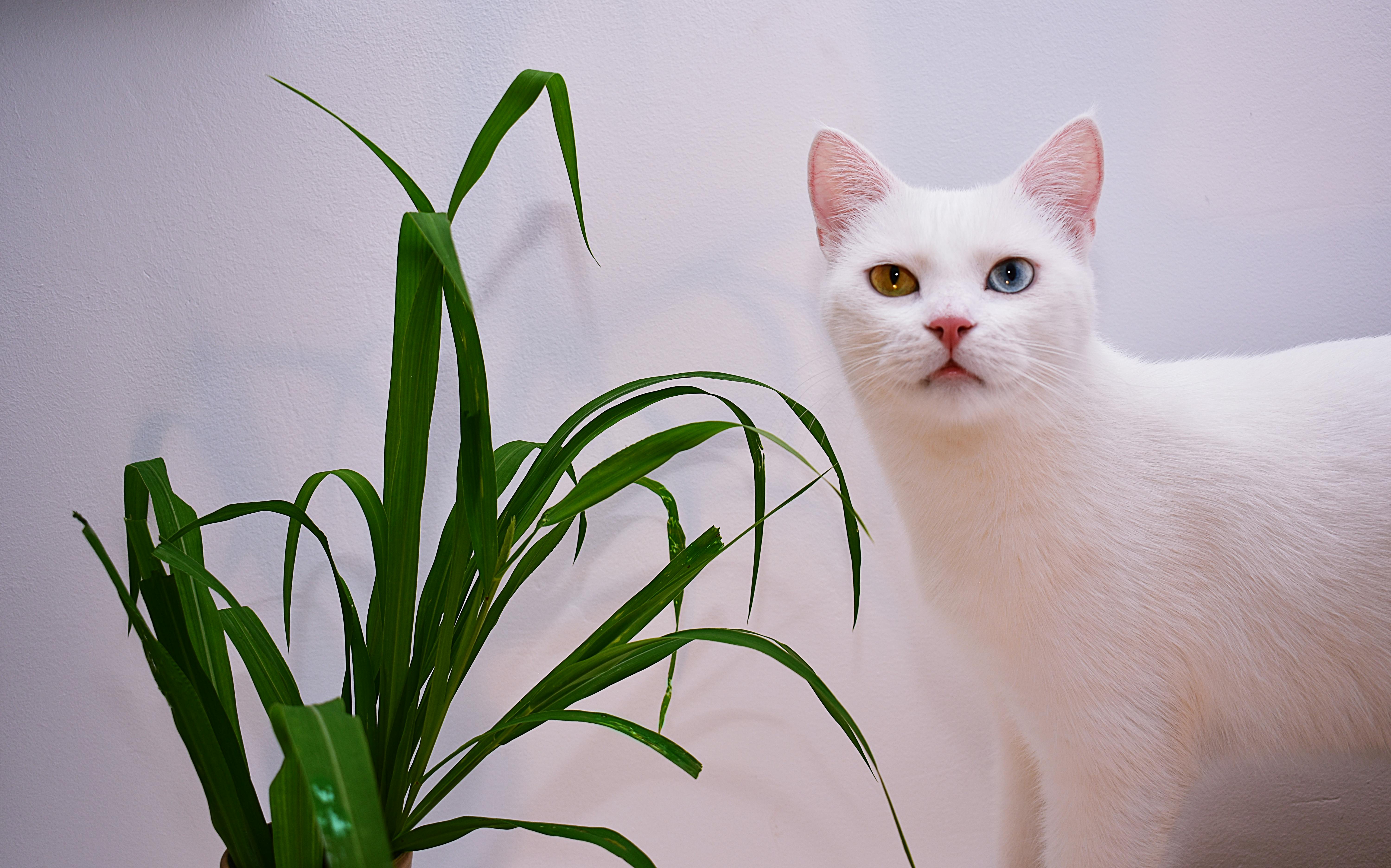
How to keep your small pet warm in winter
Staying warm in the winter is essential for all animals and your small rodents/cavies are no exception.
Below are some tips to keep your pets healthy in cold weather.
Rodents (rats, hamsters, gerbils)
The first most cost-effective way to keep your rodents warm is to add extra bedding to your home. Bedding will need to be highly absorbent and changed regularly to ensure your pets do not get sick from cold/damp bedding. The deeper the bedding, the better, as your furry friends can crawl into it when it’s cold. It is also worth adding extra soft nesting material for your pet. You can also cut strips of kitchen paper that they can use for nesting.
There are now a wide variety of hideouts, hammocks, and snuggle caves that can be purchased from large retailers and independent crafters. These are usually made of fleece and other soft, warm materials. These are ideal for your pet to sit on when it’s cold or when sleeping.
To add more extra heat, you can buy microwave heating pads if it’s really cold and you can even buy some tuck-away houses with heating pads already installed.
Hot food is a good way to keep your pets warm in winter. Rodents (particularly rats) will enjoy soups, mashed potatoes, and cooked vegetables on a cold day.
Blankets and towels can also be added to your rodent’s home for extra warmth, but be sure to change them regularly to prevent moisture and odors.
Keep in mind that you need to take extra care to keep Syrian hamsters warm, as they can go into hibernation if they get too cold, and unlike wild animals, their bodies are not equipped to deal with this. You really need to keep an eye on the temperature in this case.
Rabbits and guinea pigs
Rabbits and guinea pigs are often kept outside and so it is especially important to be prepared for winter.
If your rabbits or guinea pigs are kept outside, you may want to consider bringing them inside. You may be able to bring them into your own home or a shed/garage. If you bring your pet’s kennel/house into a garage, make sure it is not in use, as car exhaust would be very dangerous for your pet.
If you can’t bring your pets inside, you should at least make sure the cabin is well protected and properly insulated. Hutches can be covered with blankets, quilts, and then tarpaulin to ensure they are waterproof. Alternatively, specially made hutch covers can be purchased at pet stores. The booth should then be placed in a covered area so that it is protected from the wind.
Extra bedding is very important in cold weather and needs to be changed regularly to keep you warm and dry. Nesting boxes and cozy hideouts can also be added to the cabin. You can also purchase fleece cage liners to further insulate your pet’s home.
Water bottles will need to be checked regularly for freezing and a spare should be provided in the event of this possibility. Bottles can be insulated by wrapping them in thermal clothing, bubble wrap, or special insulators for wine bottles.
Again, heating pads can be used, but if you don’t have one of these, a rice-filled sock can be used. Just heat the sock in the microwave and make sure no rice comes out. Also allow the sock to cool down after heating it before adding it to your pet’s hutch/cage.
In addition to heating pads, some owners purchase heat lamps that are most often used to keep reptiles warm. Heaters can also be used, but they should not be placed too close to the cage, as the bedding materials could become a fire hazard.
You might also consider keeping a thermometer in the room where you keep your pet to monitor the room temperature.
It is important to remember that the main danger with rabbits is overheating, but they should still not be left out in the cold in a wire cage without protection from the wind and rain.

